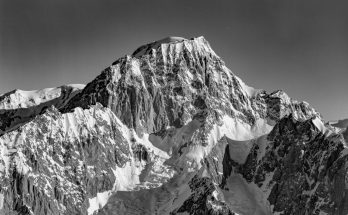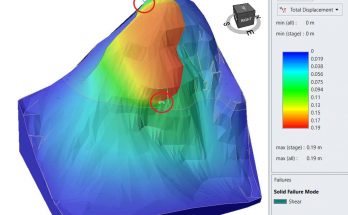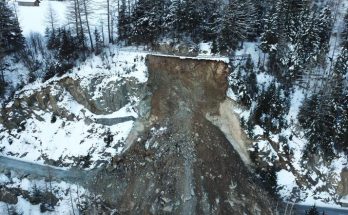Benoit Fragnol
Supervisor: Prof. Michel Jaboyedoff
In mountainous areas, rockfall hazards cause many damages to the infrastructures and have a major socio-economic impact. These phenomena are still not well-understood and that is why new technologies are required in order to improve the characterization of the rock mass condition and the failure mechanisms.
Field methods as structural measures, scanline, GSI, JRC are used to characterize geometrically and geomechanically the unstable area but they required a high number of measures to be reliable and on a substantial number of outcrops, which is not always possible.
The LiDAR technology (Light Detection and Ranging), terrestrial and airborne, appears to be a powerful tool for imaging study areas and to work in 3D instead of 2D. It is particularly well-adapted to the analysis of unstable areas because measurements can be taken from a distance up to 1 km to the cliff and limits exposure of the geologists during the field work. It can even overcome the field measurements when the study area is too dangerous or the outcrops cannot be reached. The softwares processing LiDAR data are necessary tools for the identification of the different discontinuity sets. They allow performing a structural analysis of the area based on spatial orientations [Dip direction/Dip] for each point of LiDAR point cloud (Coltop-3D), to give a relative probability of presence of instability depending on geometric relationship between facets of DEM and spatial orientations of discontinuity sets (Matterocking). It is also possible to compare different temporal series of LiDAR data in order to identify rockfalls and to estimate their volumes (Polyworks).
The contribution of LiDAR imaging and data processing are illustrated by the structural analysis performed on the cliffs in front of Huteggen (VS, Suisse) along the main road leading to many ski resorts. This analysis aims to identify potential instabilities and define their failure mechanisms. An estimation of the instable volumes can be made based on LiDAR data combined with field observations. The results of this study allowed writing recommendations for the geological survey of the district in charge of protecting the road against natural hazards.



